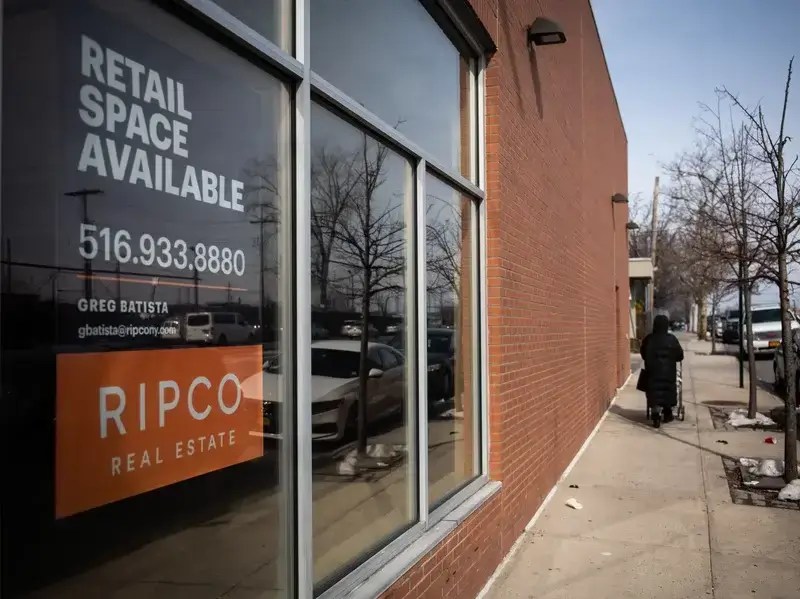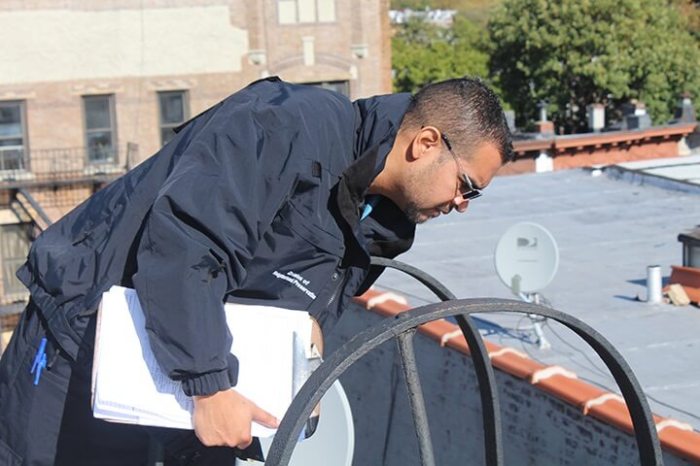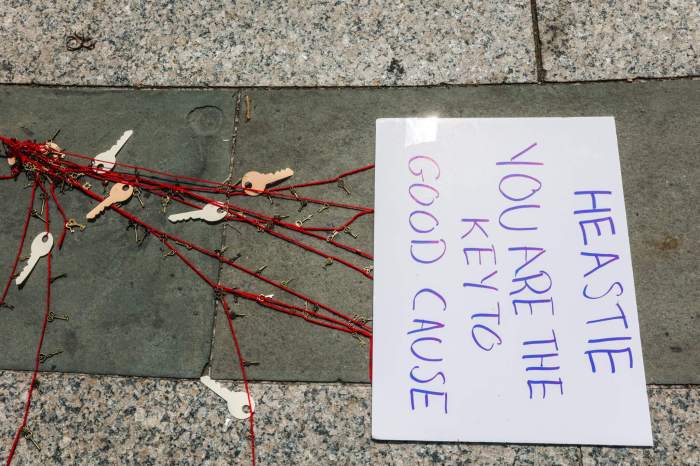A push to convert vacant or unused commercial office space into residential housing is gaining rapid support, including from three Bronx community boards, and proponents of the plan hope it can lead to momentum that changes decades-old laws that restrict these conversions.
The 5 Borough Housing Movement, a non-profit, is hoping to address the city’s growing housing crisis – both availability and affordability – and combat gentrification, often a side-effect of new, high-scale development.
Last week, Community Boards 5, 6 and 9 threw their support behind the plan, with Bola Omotosho, the CB5 chair, calling the plan a “worthwhile goal” to address the city’s housing crisis.
John Sanchez, executive director of the Five Borough Housing Movement, says changes are needed at the state level to help streamline the commercial-to-residential turnover, including a change to state law that allows such conversions, lifting a floor area ratio cap that limits the density of NYC-based construction and providing a tax incentive to encourage converted buildings to include affordable housing units.
“I think the largest constraint that New York State and New York City has are 60 year old laws that prevent housing from being built in the first place,” said Sanchez.”If we return to the New York that built a lot of housing, whether public housing or both market-rate housing, we would not be in the housing crisis we face.”
More than half of New Yorkers are rent-burdened and rents in the city have risen 30% since 2015, according to Gov. Kathy Hochul’s office. Hochul is hoping to construct 800,000 new housing units over the next decade.
The New York metropolitan area needed more than 340,000 additional homes in 2019, according to a 2022 estimate from Up for Growth, a Washington policy and research group. The vacancy rate for apartments renting below the citywide median of $1,500 is less than 1%.
Sanchez told the Bronx Times that most of the large-scale conversion of commercial buildings to residential use would be implemented in Manhattan, but there is significant opportunities for these conversations in The Hub, the Bronx’s commercial corridor, and downtown Flushing in Queens.
And the South Bronx, where more than 40% of its businesses closed during the first two years of the COVID-19 pandemic could also be prime for commercial-to-residential construction.
“We know that there’s a dire housing need. We need 500,000 new apartments over the course of 10 years and the 5 Borough Housing Movement is a part of that solution,” said Sanchez. “We think by allowing office conversions to be converted into residential apartments that it can help ease the pressure in the outer boroughs to produce more housing.”
The effort to turn commercial space into residential is not a new one. COVID-19 changed the nature of the in-person, five-a-day workweek, where New York City’s return to office rate, according to security firm Kastle, is lower than the weekly average tracked across the 10 major metros in the country.
The city estimates converted office space could create as many as 20,000 new homes for around 40,000 people over the next decade. One of the recommendations is allowing most office buildings constructed in 1990 or before to convert.
City officials estimate new homes for as many as 40,000 New Yorkers in the next 10 years by moving the eligibility date to 1990, as current regulations and laws limit the adaptive reuse of most office buildings built in the 1960s, 1970s and 1980s. Overall apartment conversions — including those of warehouses, hotels and health care buildings — jumped 25% during 2020-2021, to about 28,000 units, compared to the prior two-year period before the pandemic, according to RentCafe.
“The need for housing is desperate, and the opportunity offered by underused office space is clear—we know what we need to do,” said New York City Mayor Eric Adams in a statement about the study.
Housing activists, Bronx pols set 2023 state housing priorities
This article was updated on Feb. 14 at 1:53 p.m.
Reach Robbie Sequeira at rsequeira@schnepsmedia.com or (718) 260-4599. For more coverage, follow us on Twitter, Facebook and Instagram @bronxtimes.
























